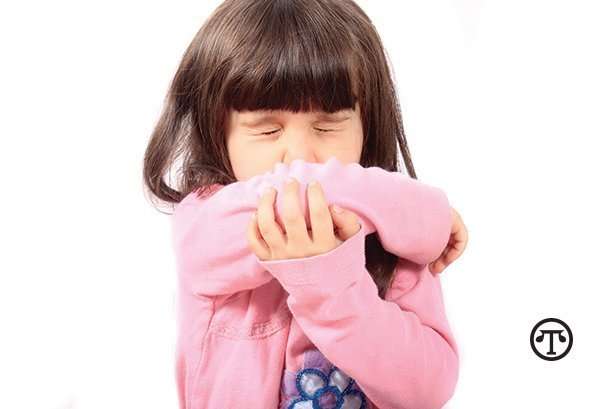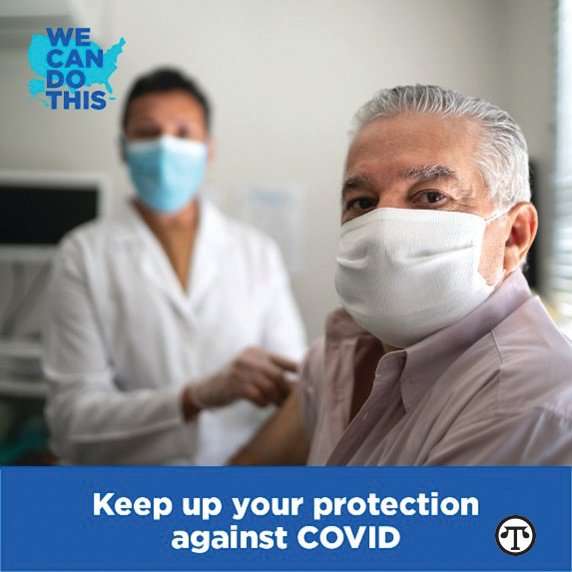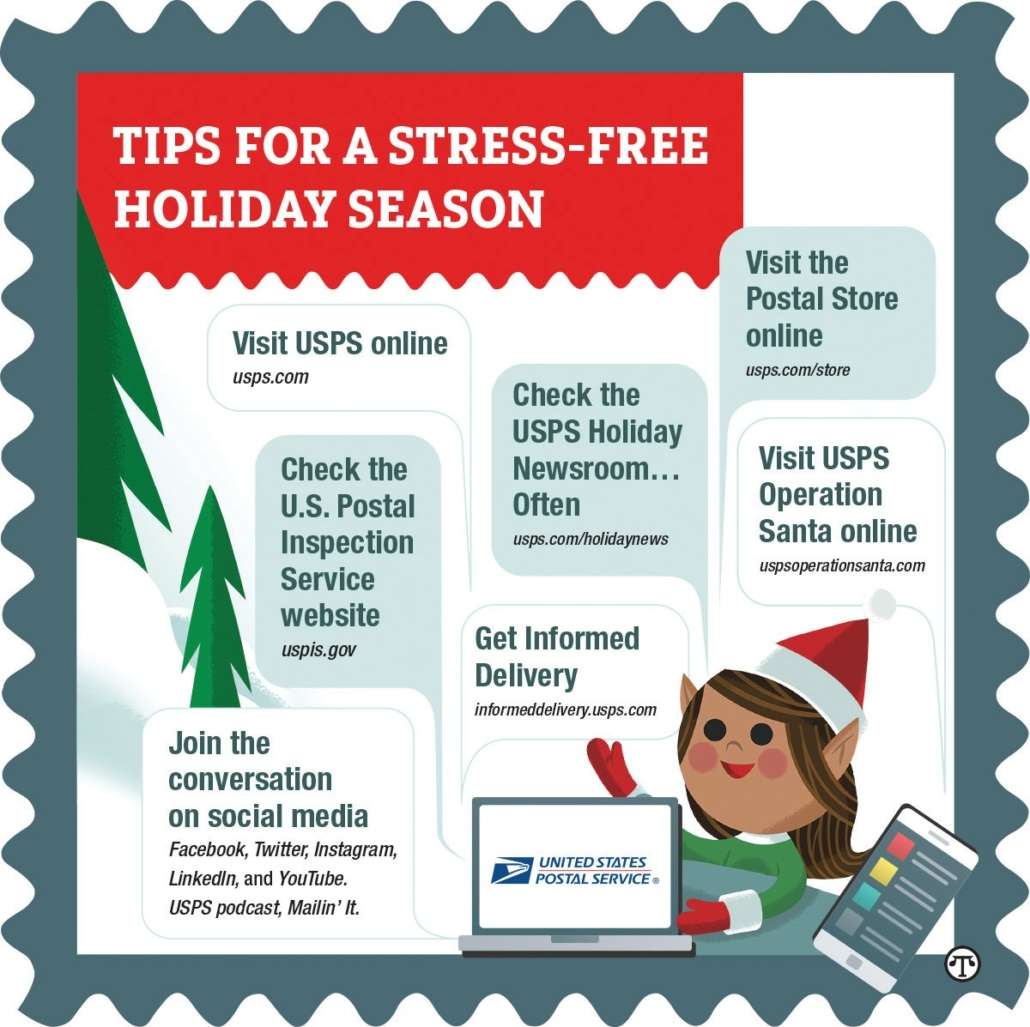FOR YOUR HEALTH: Better Indoor Air Quality

You and your family can breathe easier this season if your air ducts are professionally cleaned.
(NAPSI)—If your family is like most, you spend more time inside when it’s cold and dark outside. On the one hand, that can make this a great time for enjoying baking, reading, board games, movies, and so on together. On the other hand, you’re also all breathing in what could be poor-quality indoor air.
According to the EPA, that can aggravate asthma and increase the risk of respiratory problems, cancer and heart disease.
You can know it’s time to get your ducts cleaned when you’re dusting more often, the return air grills get covered in film or there are odd odors in the house.
What To Do
Fortunately, five simple steps can improve your indoor air:
1. Change air filters monthly. They trap pollutants such as pet dander, dust mites, and tobacco smoke.
2. Dust with a damp microfiber cloth and vacuum regularly.
3. Increase ventilation. Weather permitting, open a window to let fresh air in and stale air out.
4. Get a humidifier. Winter air can be very dry and that can be uncomfortable. Humidifiers increase moisture in the air and reduce static electricity.
5. Schedule air duct cleaning. Contaminants get pulled into the HVAC system where they can be a problem for people with respiratory conditions, auto-immune disorders, asthma or allergies. In addition, those contaminants cause the system to work harder, which shortens the life of your furnace and air conditioner and raises your electric bills. When you’re ready to tackle those air ducts, choose a qualified contractor to ensure the job is done right.
How To Get Help
To make that easier, you can learn more and find a National Air Duct Cleaners Association (NADCA)-certified air duct cleaning professional at www.BreathingClean.com.



 You can help keep your smile shining, even when your diet isn’t adequate, by taking vitamin and mineral supplements as you need them.
You can help keep your smile shining, even when your diet isn’t adequate, by taking vitamin and mineral supplements as you need them.

 You can avoid bad breath during holiday gatherings.
You can avoid bad breath during holiday gatherings.

 Working with a team of health care professionals can help you get the diabetes care you need to improve your health.
Working with a team of health care professionals can help you get the diabetes care you need to improve your health.